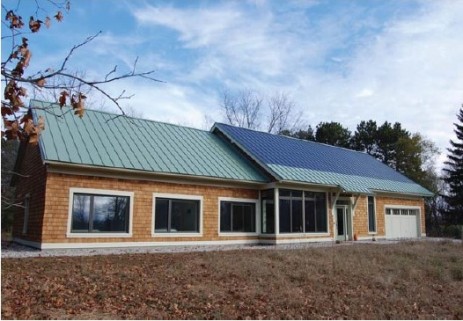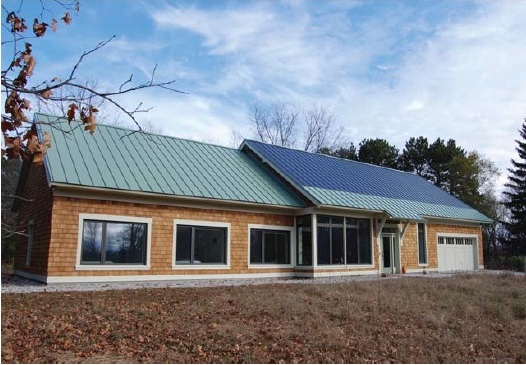Reduce Your Carbon Footprint Simply by Updating Your Fireplace
The typical American household produces a carbon footprint of an estimated 48 tons per year— approximately doubling the global average. We are a nation in need of an environmental makeover, starting in the home.
Lowing your carbon footprint may seem like a daunting task, seeing that humans themselves are made up of carbon. Many may wonder how they can reduce their household’s carbon footprint without sacrificing their entire lifestyle. One relatively simple way to lower your carbon footprint, as well as make your home more environmentally friendly, is to start with your fireplace.
Gas Log Systems versus Wood Burning: A Question of Efficiency
The Environmental Protection Agency (EPA) claims that America has more than 12 million wood stoves and fireplaces in homes present-day, 9 million of them being outdated and not up to the EPA’s standards. These burn at a rate that’s 50% less efficient than updated systems.
Thus, gas-burning fireplaces are largely more environmentally friendly and more efficient than their older, wood-burning counterparts. The EPA also claims that replacing your older fireplace will cut your need for wood by two-thirds, which effectively saves you a lot of time, money, fuel, and resources.
Emissions
Your car isn’t the only thing that has emissions—fireplaces have emissions as well. While both wood and gas-burning fireplaces release emissions into the air, gas systems do so in a massively less significant portion. It’s been found that natural gas fireplace systems can have much less of an impact than wood— with 99% less pollutants. This huge cutback in emissions means your gas-burning fireplace will produce less unhealthy pollution in your home, as well as outdoors. It will also cut Creosote build up in your chimney, which is a highly flammable byproduct of burning wood in your fireplace; not to mention that you’ll no longer have to deal with pesky soot or ashes. A good rule of thumb is: the lower the emissions, the higher the efficiency.
Health Benefits
Not only does replacing your wood burning fireplace with a gas burning one reduce your carbon footprint, but it can also reduce health risks. A gas burning fireplace will naturally reduce wood smoke pollution, which has been linked to cancer, asthma, and a slew of other health issues. This simple change can make a big difference in your family’s health.
Vented and Vent Free Gas Burning Fireplaces
There are two types of gas burning fireplaces: vented and vent free. Each have pros and cons depending on what you’re seeking for your household. Venting gas-burning fireplaces, for instance, will expose one to less Carbon Monoxide (CO) and Volatile Organic Compounds (VOC), but they do not produce as much heat as vent-free systems, nor or they as efficient. Still, both options are considered to be safer and more efficient than older, wood-burning fireplace systems. Regardless of which you chose, fireplace experts suggest installing CO detectors in any gas installation.
Vented or not, replacing your outdated, wood-burning fireplace with a gas-burning system is not only financially savvy, but is also a simple and safe way to:
- Lower your carbon footprint
- Reduce the health risks associated with burning wood
- Bring your home into a more environmentally-friendly and efficient way of life
Thus, hopefully you’ll stop to consider how you can make a difference in your own home, simply by reconsidering something as small as your fireplace.




